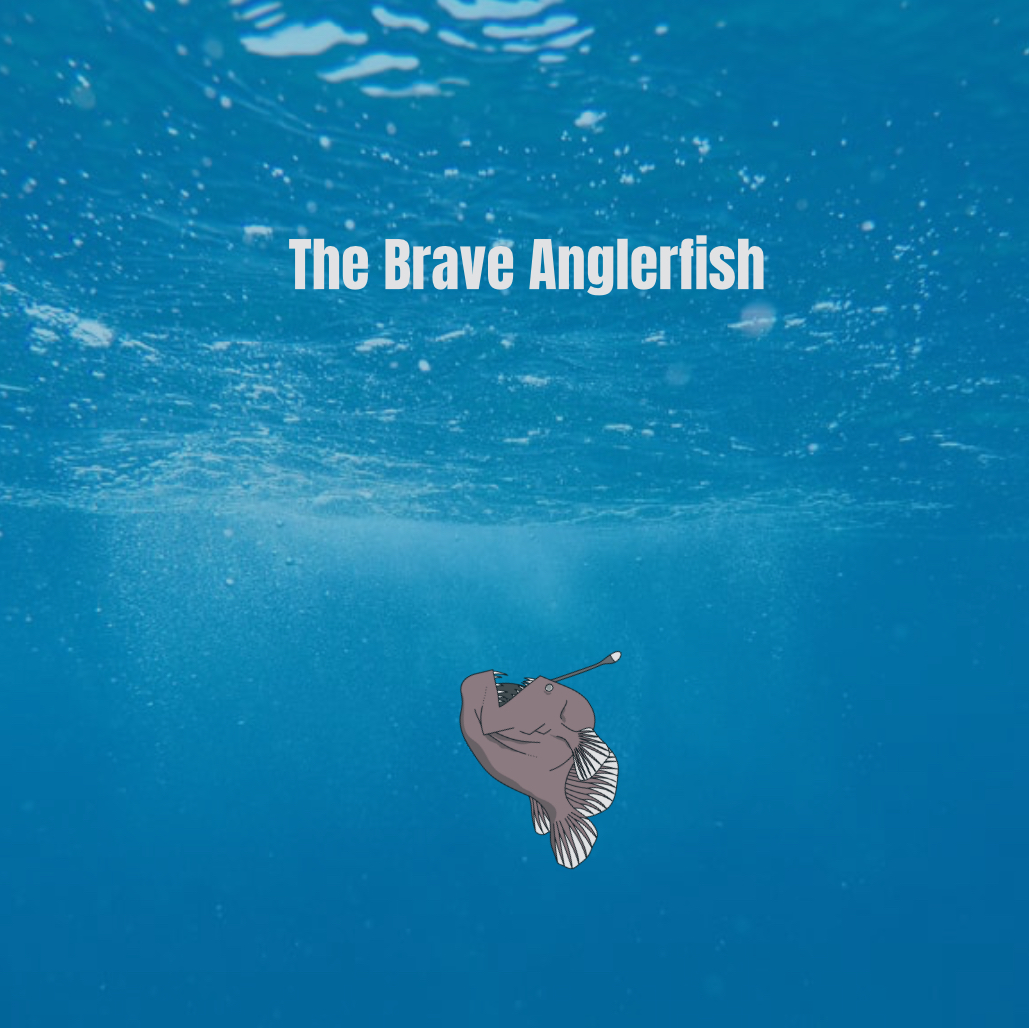Anglerfish are known for living in the dark depths of the ocean, yet this creature swam all the way to the surface, far from its usual habitat. What could have caused this little creature to swim all the way up to the top of the ocean?
An anglerfish was recently discovered swimming all the way to the surface near the Canary Islands in Spain, an unusual and rare occurrence for this deep-sea species. Typically found at depths of 200 meters or more, anglerfish thrive in dark, cold waters far from sunlight. But why did this creature decide to swim to the surface of the water?
“My first reaction was that I thought it would look scarier, like in Finding Nemo, where they showed it being huge and mean. But it just looked so tiny and harmless when I saw it in the palm of a scientist’s hand,” Addison Simpson (10) said.
“At first, I was confused about how it could swim all the way to the surface, then I was surprised to find out that it was real,” Nikolas Mancheno (10) said.
It is shocking to say that the anglerfish that swam all the way to the top of the ocean was less than a foot long and usually lives at depths of between 200 and 2,000 meters in dark waters.
“I think it swam to the surface because it had never seen anything above the water, like in The Little Mermaid, where she sees the person she loves but can’t have. So, the anglerfish probably wanted to see what lives above it,” Simpson (10) said.
“The anglerfish could have been lonely in the deep sea and just decided to go up and explore the sea,” Mancheno (10) said.
Students believe that the anglerfish was a curious and lonely creature that just decided to swim to the surface of the ocean to explore and see what lives above it.
“The anglerfish probably faced the strong pressure drop in the water, making it challenging to keep swimming up to the surface,” Simpson (10) said.
“Some challenges it faced could have been swimming out of its habitat and having to adjust to a new environment,” Mancheno (10) said.
The anglerfish could have gotten caught in a column of rising warm water, which carried it to the surface of the water, eventually allowing it to swim closer to the top. This would have made it face the challenge of swimming back to its habitat in the deep depths of the sea.
“The anglerfish could learn to adapt and soon be able to swim to the surface of the water and survive,” Simpson (10) said.
“I think the anglerfish could face long-term impacts on its environment based on the incident,” Mancheno (10) said.






